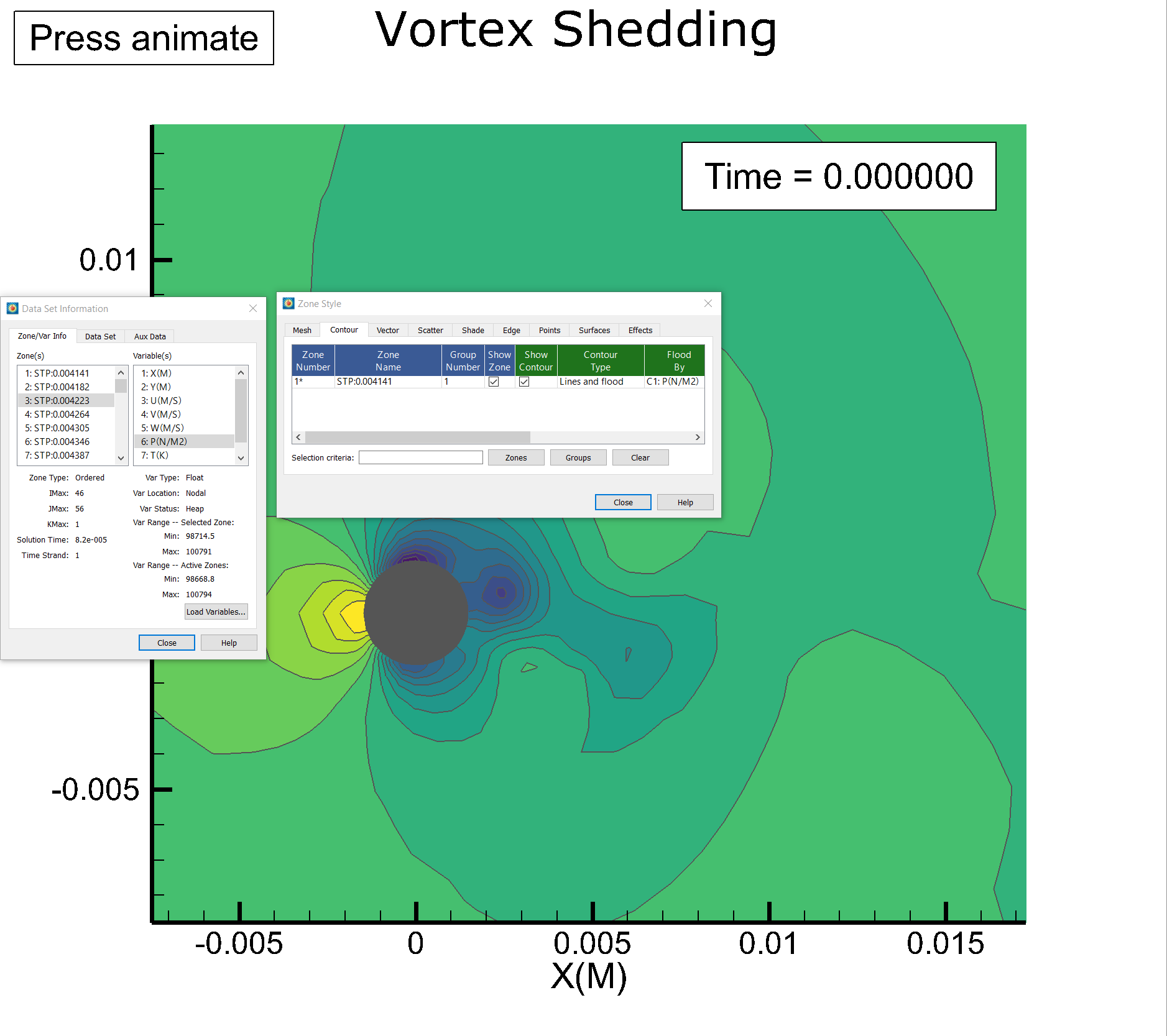
The red line represents the baseline set which is typically the history data. First, is the raw data, second, is the deviation data, and third is the deviation distribution. You can see three different frames that show three different comparisons. I will demonstrate how to use this capability in the one-well mode. Tecplot RS shows you how the comparison data differs from the history data throughout time from one well. You can see how the comparison data differs from the history data for a specific date, comparing well by well. There are two different ways in which to compare your datasets. To use the history match plot type, after you’ve loaded your XY data into Tecplot RS, choose History Match from the Plot Type menu in the sidebar. The history match plot in Tecplot RS gives you the ability to compare data sets in a quantitative manner. Today, we have ways in which to obtain the qualitative comparisons. When you are running multiple simulation runs, you may want to wait to determine which simulation best matches the history data.

The history match tool gives you a way to quantify your history match results.

This video tutorial shows you how to use history match plot types in Tecplot RS.


 0 kommentar(er)
0 kommentar(er)
